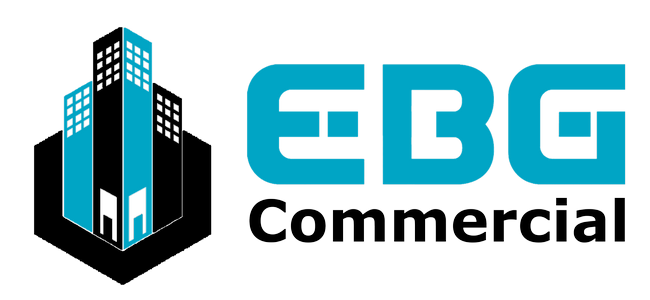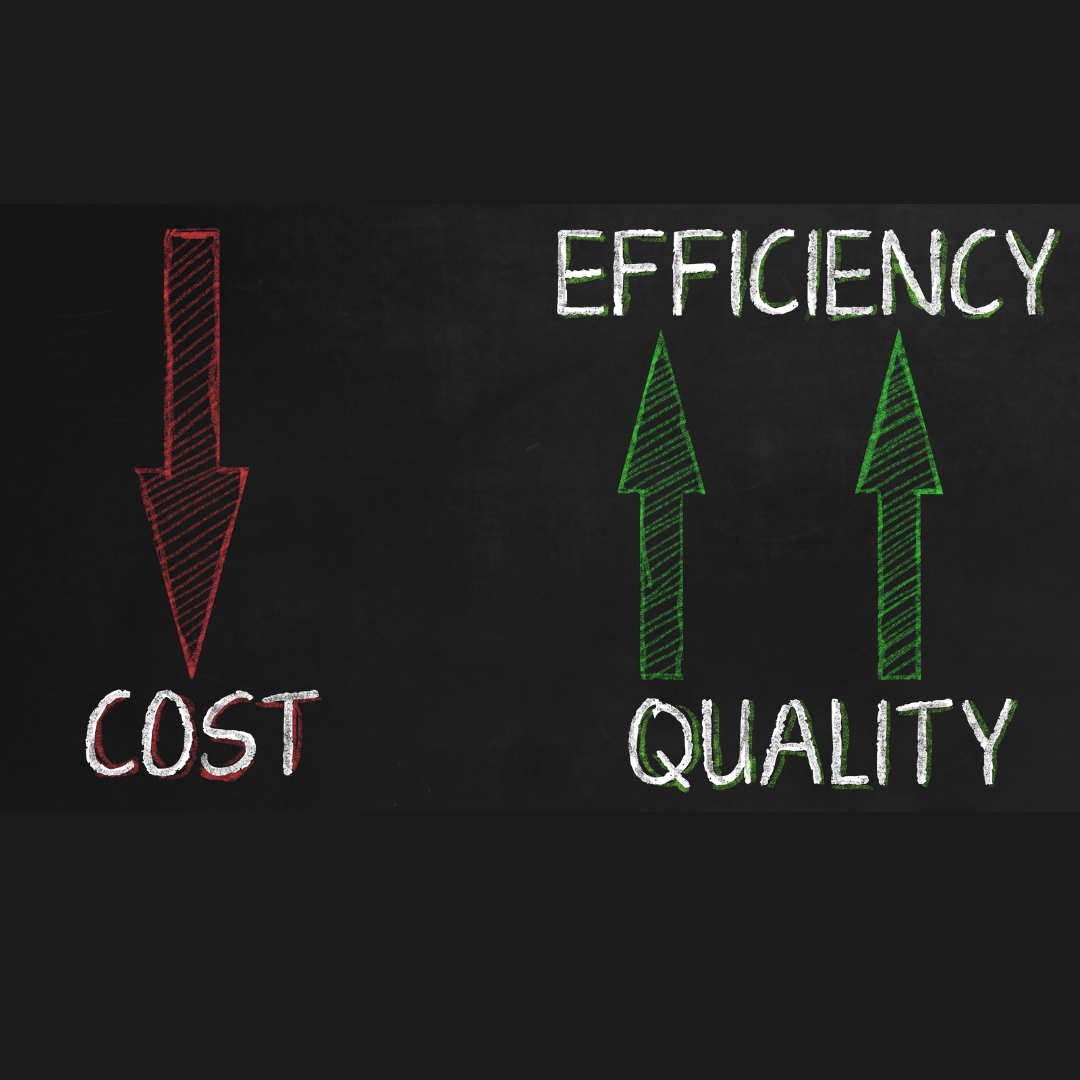Cost-Effective Maintenance Solutions for Industrial Properties
Industrial properties are essential assets in sectors like manufacturing, logistics, and warehousing, often representing significant investments for owners and operators. Given their large scale and the intensive operations they support, maintaining these properties can be a daunting task, both logistically and financially. However, adopting a strategic approach to maintenance can mitigate costs while ensuring the longevity and efficiency of the property. This blog post will explore cost-effective maintenance solutions for industrial properties, focusing on preventive strategies, leveraging technology, and optimizing resources.
1. Implementing a Preventive Maintenance Program
Preventive maintenance is the cornerstone of cost-effective property management. Rather than waiting for equipment to fail or infrastructure to deteriorate, a preventive approach involves regular inspections and maintenance to identify and address potential issues before they become major problems.
Benefits of Preventive Maintenance:
- Reduced Downtime: By addressing minor issues early, you can prevent unexpected breakdowns that could halt operations, leading to significant financial losses.
- Extended Equipment Life: Regular maintenance helps in prolonging the lifespan of machinery and infrastructure, reducing the need for costly replacements.
- Improved Safety: A well-maintained industrial property minimizes the risk of accidents, protecting both workers and equipment.
- Cost Savings: While preventive maintenance requires an upfront investment, it is generally much cheaper than the costs associated with emergency repairs, replacements, or operational downtime.
Steps to Implement Preventive Maintenance:
- Create a Maintenance Schedule: Develop a schedule that outlines when and how often each piece of equipment or area of the property needs maintenance.
- Prioritize Critical Assets: Identify the most critical components of your operations and prioritize their maintenance to avoid disruptions.
- Regular Inspections: Conduct regular inspections of all systems, including HVAC, electrical, plumbing, and structural components.
- Record Keeping: Maintain detailed records of all inspections, repairs, and maintenance activities to track the condition of your property over time.
2. Leveraging Technology for Maintenance Efficiency
Advancements in technology have provided property managers with tools that can significantly enhance the efficiency and cost-effectiveness of maintenance operations. From predictive maintenance software to the Internet of Things (IoT), technology offers solutions that can help you stay ahead of potential issues.
Predictive Maintenance:
Predictive maintenance uses data analytics and sensors to predict when equipment is likely to fail. This approach allows you to perform maintenance only when necessary, reducing unnecessary work and extending the life of your assets.
- Data Collection: Install sensors on critical equipment to monitor their performance in real-time. These sensors can track various parameters such as temperature, vibration, and pressure.
- Data Analysis: Use predictive maintenance software to analyze the data collected and identify patterns that may indicate an impending failure.
- Timely Maintenance: Schedule maintenance activities based on the insights gained from data analysis, preventing unexpected breakdowns.
IoT and Smart Building Technology:
The Internet of Things (IoT) can revolutionize maintenance management in industrial properties. IoT devices can monitor various aspects of a property, from energy usage to equipment performance, providing real-time data that can be used to optimize maintenance activities.
- Energy Management: IoT sensors can monitor energy consumption and identify inefficiencies, allowing you to make adjustments that reduce costs.
- Remote Monitoring: IoT devices enable remote monitoring of equipment and infrastructure, allowing for early detection of issues and reducing the need for on-site inspections.
- Automation: Automate routine maintenance tasks, such as HVAC system adjustments or lighting controls, to improve efficiency and reduce labor costs.
3. Outsourcing Maintenance Services
Outsourcing maintenance services can be a cost-effective solution for industrial property owners, especially for specialized tasks that require specific expertise or equipment. By outsourcing, you can access skilled professionals without the overhead costs of hiring and training in-house staff.
Benefits of Outsourcing:
- Expertise: Outsourcing allows you to tap into the expertise of professionals who specialize in industrial maintenance, ensuring high-quality work.
- Cost Savings: Outsourcing can be more cost-effective than maintaining a full-time maintenance staff, particularly for smaller operations.
- Flexibility: Outsourced maintenance providers can be hired on an as-needed basis, giving you flexibility in managing maintenance costs.
- Access to Advanced Equipment: Maintenance companies often have access to the latest tools and technologies, which can improve the efficiency and effectiveness of maintenance tasks.
Choosing the Right Service Provider:
- Reputation: Research potential service providers to ensure they have a strong track record of reliability and quality.
- Range of Services: Choose a provider that offers a comprehensive range of services to cover all your maintenance needs.
- Cost Structure: Understand the cost structure of the service provider, including any additional fees for emergency services or specialized tasks.
- Communication: Ensure that the provider has clear communication channels and can provide regular updates on maintenance activities.
4. Optimizing Resource Management
Effective resource management is key to reducing maintenance costs in industrial properties. This involves not only managing human resources efficiently but also optimizing the use of materials and equipment.
Efficient Workforce Management:
- Training: Invest in training for your maintenance staff to ensure they have the skills and knowledge needed to perform their tasks efficiently.
- Workforce Planning: Use workforce planning tools to ensure you have the right number of staff on hand for maintenance activities, avoiding overstaffing or understaffing.
- Performance Monitoring: Regularly evaluate the performance of your maintenance team to identify areas for improvement and optimize labor costs.
Inventory Management:
- Just-in-Time Inventory: Implement a just-in-time inventory system to reduce the costs associated with storing large amounts of spare parts and materials.
- Supplier Relationships: Build strong relationships with suppliers to negotiate better prices and ensure timely delivery of materials.
- Inventory Tracking: Use inventory management software to track the usage of materials and ensure you have the right supplies on hand when needed.
Sustainable Practices:
Incorporating sustainable practices into your maintenance strategy can also lead to cost savings. For example, energy-efficient lighting and HVAC systems can reduce utility costs, while recycling programs can minimize waste disposal expenses.
- Energy Efficiency: Upgrade to energy-efficient equipment and systems to reduce energy consumption and lower utility bills.
- Water Conservation: Implement water-saving measures, such as low-flow fixtures and automated irrigation systems, to reduce water usage and costs.
- Waste Reduction: Develop a waste management plan that includes recycling and reusing materials to minimize waste disposal costs.
5. Continuous Improvement and Review
Finally, it’s important to regularly review and update your maintenance strategy to ensure it remains cost-effective and aligned with the needs of your industrial property. Continuous improvement is key to optimizing maintenance processes and reducing costs over time.
Reviewing Maintenance Practices:
- Regular Audits: Conduct regular audits of your maintenance activities to identify areas where costs can be reduced or efficiency can be improved.
- Feedback Loops: Create feedback loops with your maintenance staff and service providers to gather insights and suggestions for improvement.
- Benchmarking: Compare your maintenance costs and practices with industry benchmarks to identify opportunities for cost savings.
Adapting to Changes:
- Industry Trends: Stay informed about trends in industrial property management and maintenance, such as new technologies or regulatory changes, that could impact your maintenance strategy.
- Scalability: Ensure that your maintenance strategy is scalable and can adapt to changes in the size or complexity of your property.
Conclusion
Maintaining an industrial property doesn’t have to be prohibitively expensive. By implementing preventive maintenance, leveraging technology, outsourcing strategically, optimizing resource management, and committing to continuous improvement, you can significantly reduce maintenance costs while ensuring the long-term functionality and value of your property. A proactive, informed approach to maintenance is the key to maximizing the return on your investment and maintaining a safe, efficient, and cost-effective industrial property.


